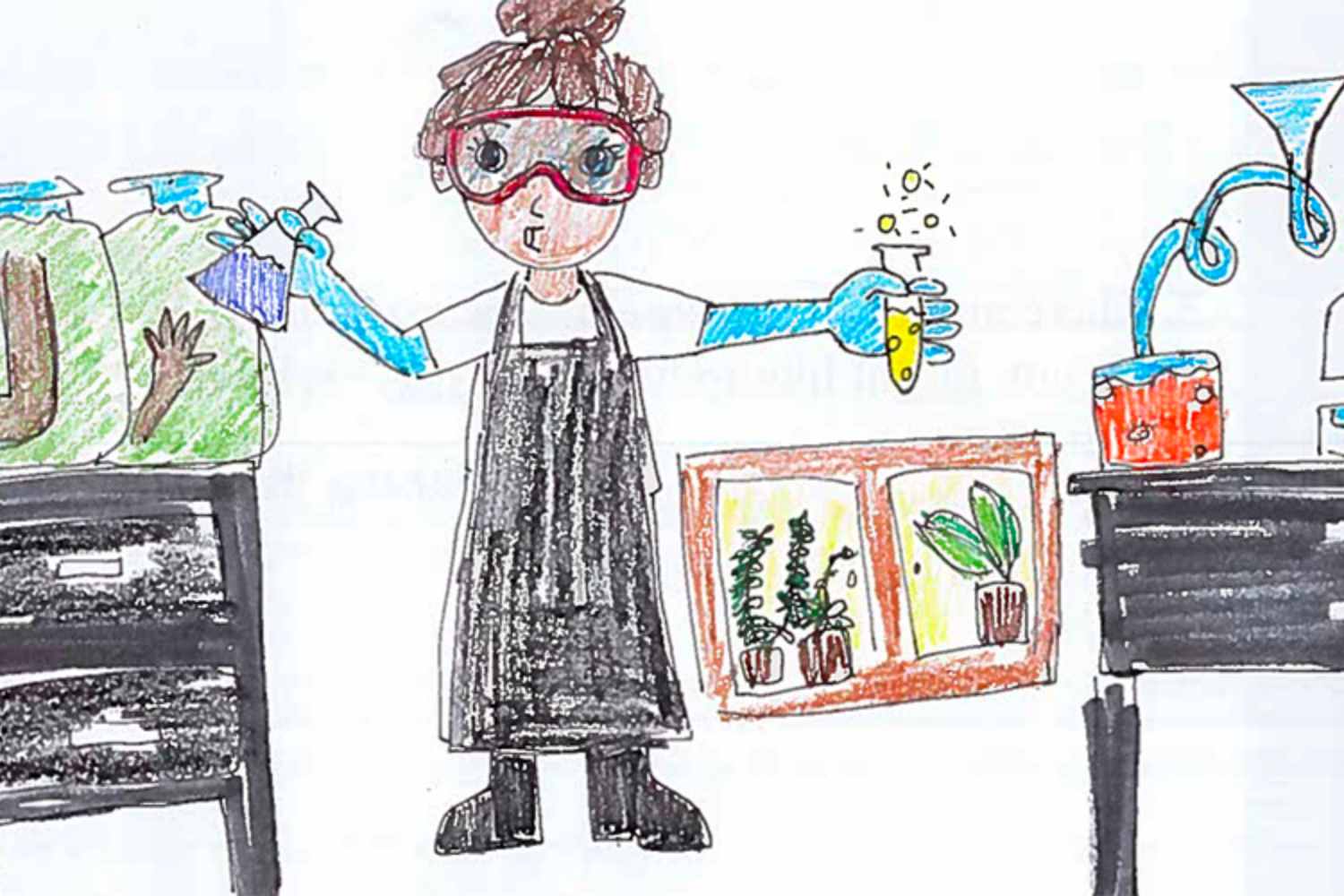More and more children are drawing scientists as women: today it is 34%, once only 1%. It's a sign that society is finally changing

If children are asked to draw a scientist, their drawing can reveal much about cultural science stereotypes. Children’s drawings portrayed men in white coats, wearing spectacles and surrounded by equipment for science, for many decades. The last few years, however, have witnessed this shifting, albeit gradually.
A Northwestern University study published in Child Development looked at how the image of scientists has evolved over time through the illustrations of American children. In the 1960s and 1970s, less than 1% of the children drew female scientists, a number that reflects the small percentage of women in the scientific community during those decades. But this portrait has evolved through the decades: now, about 34% of the children show female scientists, and the figure exceeds 50% if the artists are girls.
This evolution is a direct result of the increasing number of women scientists. Through the past decades, women scientists in biology, chemistry, and physics have become increasingly prevalent. As an example, women in biology are now 28% to 49%, women in chemistry from 8% to 35%, and for physics and astronomy from 3% to 11%. Such a change is not due by accident but a result of culture and more strenuous efforts toward portraying women scientists through media, education, and society in general.
Gender stereotypes begin in infancy
Children are already learning gender stereotypes at a very young age, according to researchers. When they were five years old, their drawings have a balanced mix of men and women scientists. As they mature, they will keep drawing more men. This is because children develop experiences and role models that shape how they perceive the world.
But this added visibility of women scientists on TV, in books, and in schools is helping to change these ways of thinking. In the interest of fostering enduring change, it is essential that teachers and parents introduce children to a more even-handed representation of science, both male and female scientists in various contexts.
Further visibility of female scientists as role models could lead future generations to create interests that are not gender-limited and, who knows, more young girls to be scientists in the future.
Source: Child Development
